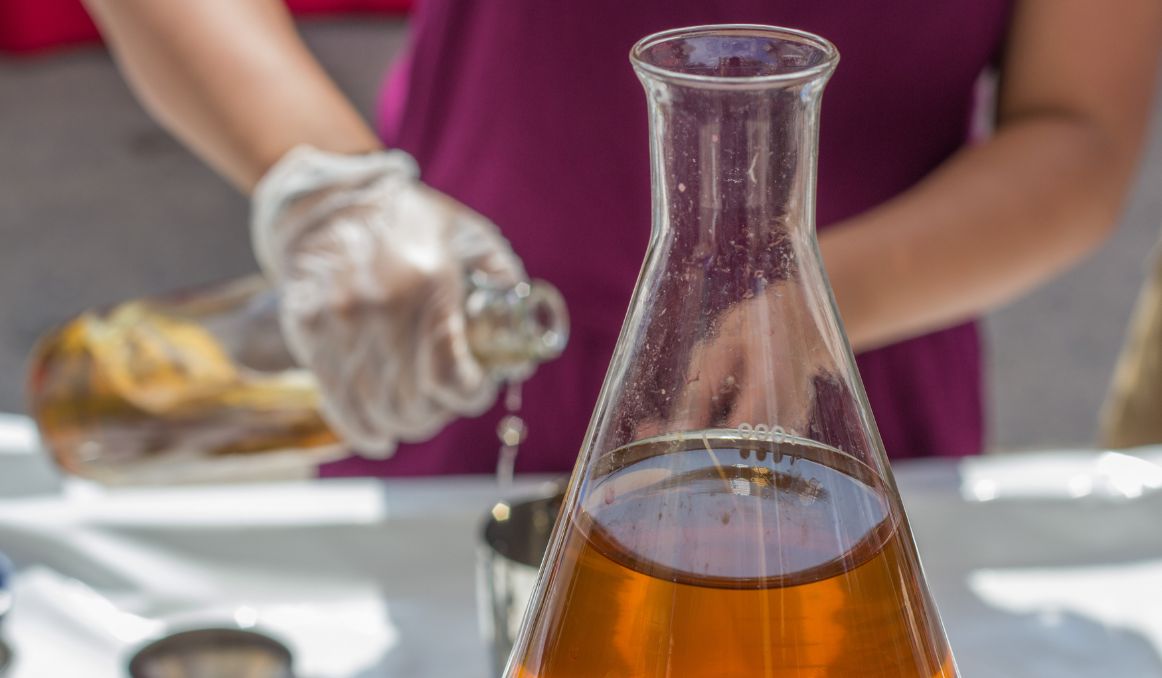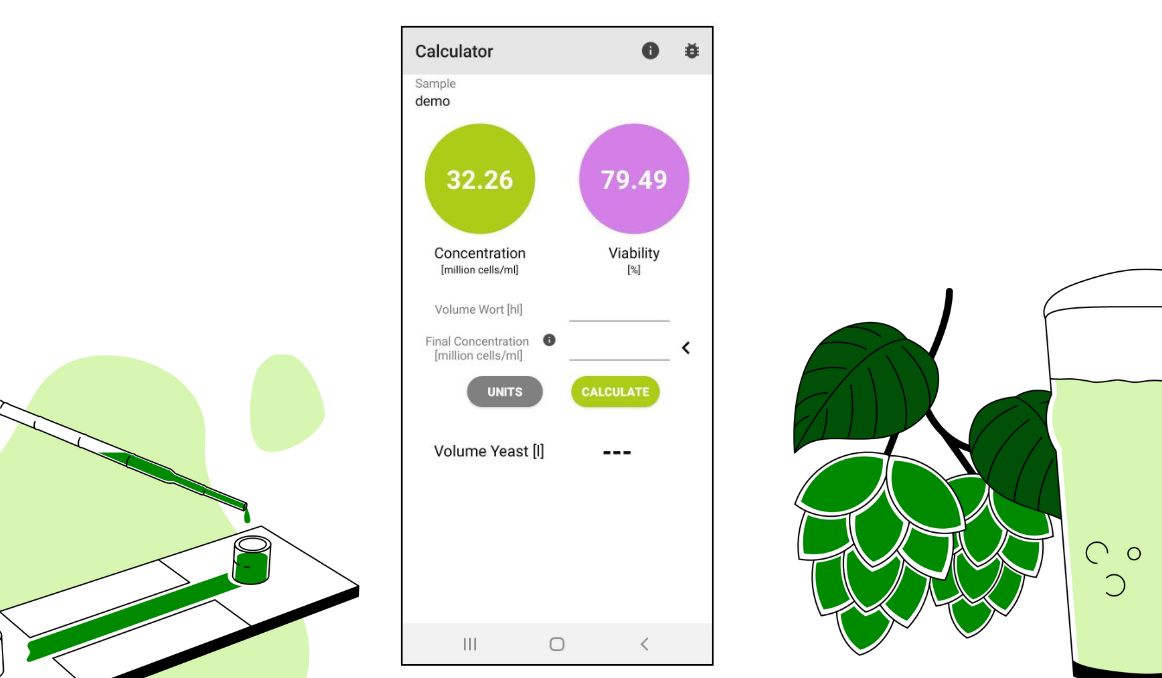Tips on Choosing an Accurate Yeast Pitching Rate Calculator
Look up how to find an accurate yeast pitching rate calculator online and you will get dozens upon dozens of online yeast pitching rate calculators.
But they’re missing the point, aren’t they?
Anyone can give you a calculator to plug your numbers into.
How do you figure out which numbers to use? And more importantly, how do you evaluate the actual yeast you have in your hands in terms of vitality and viability?
Online Yeast Pitching Rate Calculator: The Problems

An online yeast pitching rate calculator will usually tell you how much yeast you should pitch into your wort based on a few factors.
It will ask you about your wort gravity or wort concentration, which most brewers will measure using a hydrometer. Your wort gravity is relevant because it lets the calculator know how dense your wort is, a reflection of how many fermentable sugars are in your liquid.
It will of course also ask you what your wort volume is, basically how much beer you plan to have converted.
Then it will ask you what your target pitch rate is, meaning what is the number of yeast cells you aim to add to your fermentation tank per your volume of wort.
Now this last question is where things get tricky because next, the online calculator will ask you things like what the brand of yeast is and what the manufacture date is.
Why?
Because an online calculator cannot tell you for certain how much of your yeast is alive and, of course, it cannot tell you anything about its viability.
It can only guess at those critical factors based on those last two questions.
So what it will do then is take what you have, what you hope to pitch, and make a prediction as to how much of your yeast you should pitch.
But, again, they’re missing that key element, an element that, if it’s off by too much, could get you into big trouble and cost you a lot of money.
Vitality and Viability of Yeast
In order to accurately calculate a yeast pitching rate, e.g. how much yeast you should pitch into your wort, you have to know how healthy your yeast is.
We wrote an entire article on vitality and viability, but to sum it up, viability simply means how many of the cells in your yeast are actually alive. If you get a viability of 75%, that means that 75% of the yeast cells in the batch you are measuring are alive, which means that 25% of your yeast cells are dead husks to be consumed by the live yeast during fermentation.
Vitality, on the other hand, tells you much more. And that much more is important for brewing.
Yeast vitality refers to how healthy your living yeast cells are.
Just like with any living cells, there is a whole range of health from extremely healthy to extremely poor health, and you don’t want a bunch of unhealthy cells in your batch.
Vitality, however, can be a bit more difficult to measure, but yeast viability is a great indicator. If you have low viability, chances are you have low vitality, and vice versa.
Why Invest in a Yeast Pitching Rate Calculator?
Because without an accurate reading, you run the risk of going one of two ways: too much yeast or too little yeast.
Too Much Yeast
The problem with pitching too much yeast is that your wort could ferment too fast, creating off flavors and aromas.
Typically, you’re looking for a specific desired outcome in your beverage, and your customers are looking forward to that batch. Rushing the process by pitching too much yeast hurts your chances of getting those subtle esters and complexities in your brew that your loyal fans have come to love.
Too Little Yeast
Too little yeast pitched is an even bigger problem, and a much more common one. If you have an inaccurate calculator that tells you to pitch too little yeast, your yeast could get stressed out and overwhelmed by the alcohol and either stagnate or die off altogether.
You will then end up having to repitch or take other measures to activate the existing yeast. You also run the risk of simply not knowing why you have stagnant fermentation and running in circles trying to solve your problem.
In either case, you may end up tossing an entire batch of beer based on inaccurate calculations.
Specifically because consistency is key, accurate calculations are paramount.
Oculyze Yeast Pitching Rate Calculator

The Oculyze Better Brewing app includes a very accurate pitch rate calculator that uses your concentration (and viability) measurements as base to calculate the amount of yeast needed for a new brewing process.
Also, once the concentration and viability have been determined, only the living yeast cells are taken into account for the calculation. However, if you chose to only determine the concentration, then all cells will be considered alive and included in the calculation as a viability of 100%.
So you’re not relying on the manufacturing date of your yeast, the brand name and some obscure algorithms; instead, the results are based on your own measurements of concentration and viability, which are accurate to begin with, as certified by VLB.
According to VLB Berlin, the owner of the Institute for Fermentation and Biotechnology (Berlin), which provides education, training, research and service for the brewing industry, “the results of the Oculyze system are closely comparable with those obtained using the microscopic Thoma chamber method”. Also, VLB has confirmed that “the Oculyze system offers a very good, fast and cost efficient alternative for the determination of the cell concentration and viability of bottom fermenting yeast strains without the need of complex laboratory equipment.”
And as all stories have to have a moral, here is this one’s: be wary of any shady software. They may seem handy and convenient, but on the long run they may cost you money and, even worse, reputation.
Cheers!
If you’re interested in finding out more about how you can use our technology to control fermentation and monitor your yeast, save work hours and improve the cost-efficiency of your business, drop us a line at [email protected]!
Also, you can now get access to a fully functional demo account to test our Web App. Completely free of charge and with no commitment to purchase.


